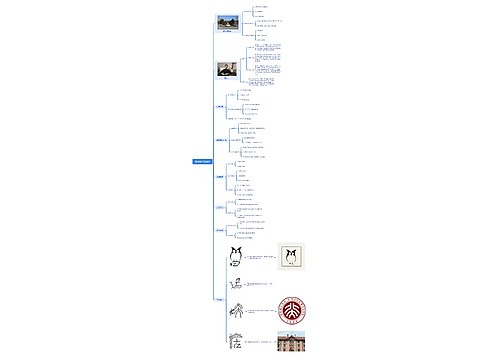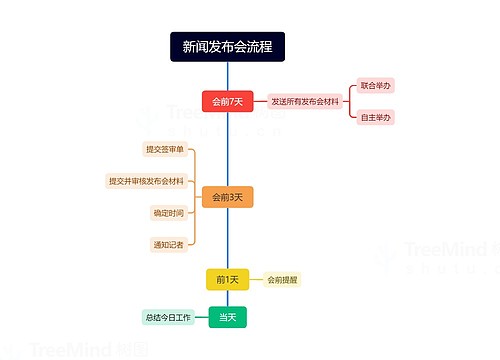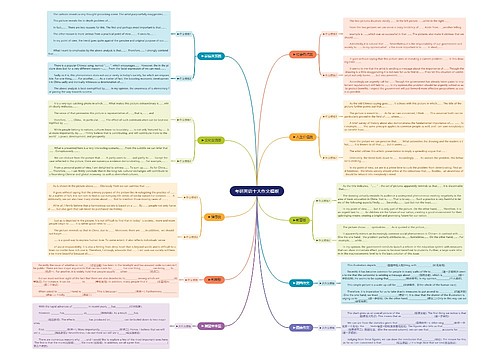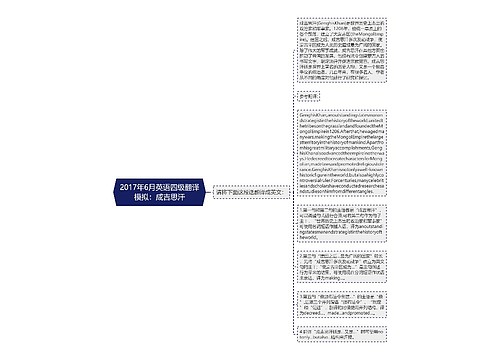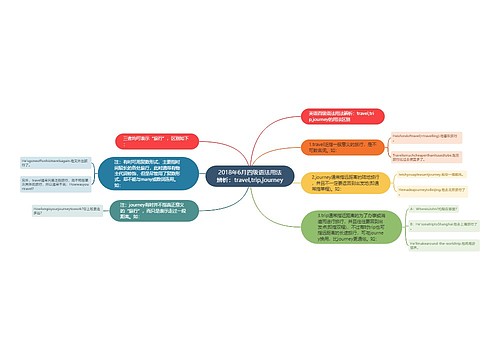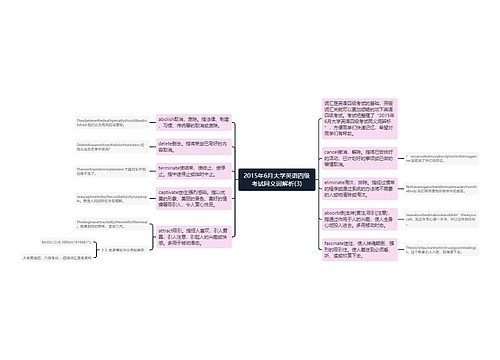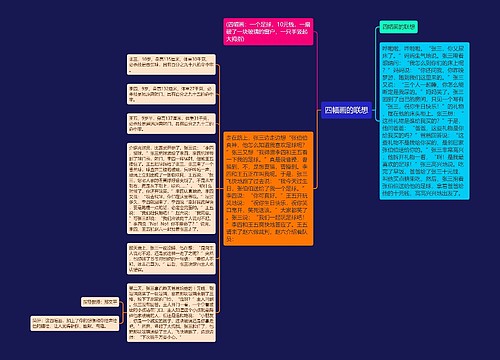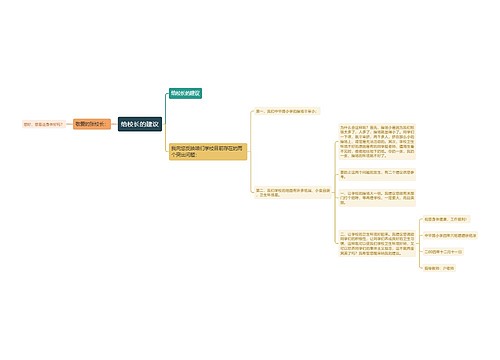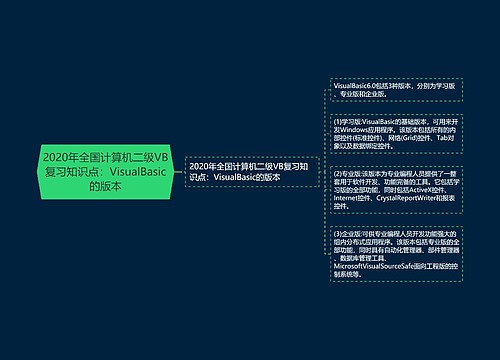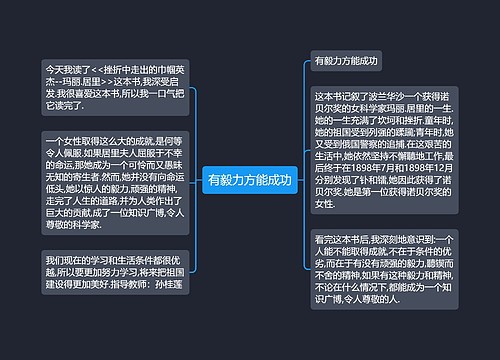Questions 61 to 65 are based on the following passage.
A bull grazes on dry wheat husks(Phi) in Logan, Kansas, one of the regions hit by therecord drought that has affected more than half of the U. S. and is expected to drive up foodprices.
Leadinu water scientists have issued one of the sternest warnings yet about global foodsupplies, saying that the world's population may have to switch almost completely to avegetarian diet over the next 40 years to avoid catastrophic shortages.
Adopting a vegetarian diet is one option to increase the amount of water available to growmore food in an increasingly climate-unstable world, the scientists said. Animal protein-richfood consumes 5 to 10 times more water than a vegetarian diet. One third of the world'sarable(适于耕种的) land is used to grow crops to feed animals. Other options to feed peopleinclude eliminating waste and increasing trade between countries in food surplus and those indeficit.
"900 million people already go hungry and 2 billion people are malnourished in spite of thefact that per capita food production continues to increase," they said. "With 70% of allavailable water being in agriculture, growing more food to feed an additional 2 billion peopleby 2050 will place greater pressure on available water and land. "
The report is being released at the start of the annual world water conference inStockholm, Sweden, where 2,500 politicians, UN bodies, non-governmental groups andresearchers from 120 countries meet to address global water supply problems.
Competition for water between food production and other uses will intensify pressure onessential resources, the scientists said. "The UN predicts that we must increase foodproduction by 70% by mid-century. This will place additional pressure on our 'alreadystressed water resources, at a time when we also need to allocate more water to satisfy globalenergy demand--which is expected to rise 60% over the coming 30 years--and to generateelectricity for the 1.3 billion people currently without it," said the report.
Overeating, undernourishment and waste are all on the rise and increased food productionmay face future constraints from water scarcity.
"We will need a new recipe to feed the world in the future," said the report's editor, AndersJagerskog.
A separate report from the International Water Management Institute (IWMI) said the bestway for countries to protect millions of farmers from food insecurity in sub-Saharan Africa andsouth Asia was to help them invest in small pumps and simple technology, rather than todevelop expensive, large-scale irrigation projects.
"Farmem across the developing world are increasingly relying on and benefiting from small-scale,locally-relevant water solutions. These techniques could increase yields up to 300% andadd tens of billions of U. S. dollars to household revenues across sub-Saharan Africa and southAsia. " said Dr. Colin Chartres, the director general.
61. What can be inferred from the water scientists' warning?
A. The record drought forces half of the U. S. to go hungry.
B. The record drought drives up food prices m the U. S.
C. Severe food shortage may happen without proper measures.
D. A vegetarian diet is the only option to avoid disastrous shortages.
62. What do the scientists say can be done to increase food supply?
A. Grow more animal protein-rich food.
B. Turn pastures into arable lands.
C. Promote trade between countries self-sufficient in food.
D. Increase the amount of water for food production.
63. According to the water scientists' report,
A. per capita food production has been increasing
B. reduced food supply will make more people malnourished
C. 70% of water will be used to feed 2 billion people by 2050
D. researchers begin to seek solutions to tackle water problem
64. In regard to the problem of water supply, scientists believe
A. more water should be allocated to satisfy energy demand
B. food production must be increased to 70% by mid-century
C. energy demand will intensify pressure on water resources
D. electricity generation must be increased by 60% 30 years later
65. What does the IWMI say is the best solution to food insecurity in sub-Saharan Africaand south Asia?
A. Applying small pumps and simple technology.
B. Launching large-scale irrigation projects.
C. Increase the local household revenues.
D. Investing in a new expensive irrigation project.
61.C)。本题考查对水资源科学家警示的理解。定位段指出,一些水科学带头人发布了一个关于全球粮食供应的最 高级警报,指出为了避免灾难性的粮食紧缺,在未来的四十年,世界人口的饮食可能不得不几乎全转换为素食,故答案为C)。
62.D)。本题考查科学家对于增加食物供应量的建议。定位句指出,科学家指出,素食的饮食习惯是在逐渐不稳定的气候条件下增加用来生产更多的食物的可用水资源总量的一种选择,故答案为D)。
63.A)。本题考查对水资源科学家研究报告的理解。文中第四段第 一句指出,科学家们说: "尽管人均粮食产量在持续增加,但仍有9亿人正在挨饿,20亿人营养不良,故答案为A)。
64.c)。本题考查科学家对于水资源供给的 态度。文中第六段第 一句指出,报告中提到,"联合国预测,到本世纪中叶,我们必须增加70%的粮食产量。这会给本就紧张的水资源造成更大的压力"。第三句 指出,"与此同时,我们需要分配更多的水资源来满足世界能源的需求",故答案为c)。
65.A)。本题考查解决撒哈拉以南非洲地区及南亚缺水问题的最 佳途径。定位段指出,在撒哈拉以南非洲地区和南亚地区,防止农民遭受粮食危机的最 好方法是帮助他们投资建造小型水泵和使用简单的技术,这远远好于开发昂贵的、大规模的灌溉工程,故答案为A)。



